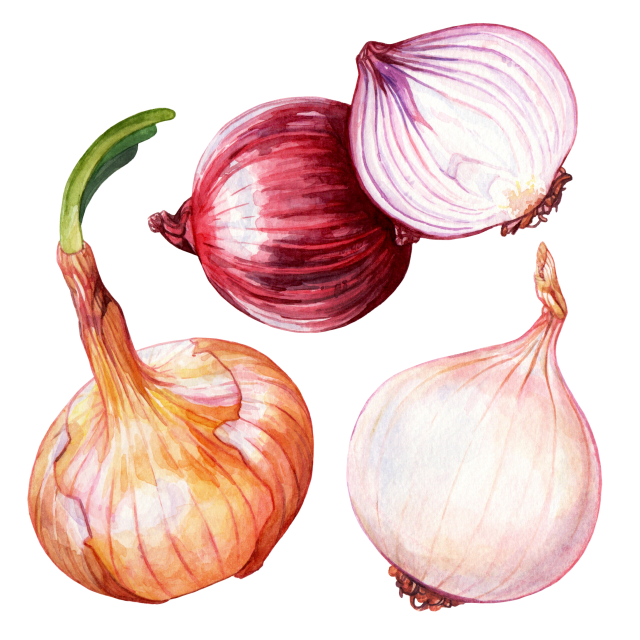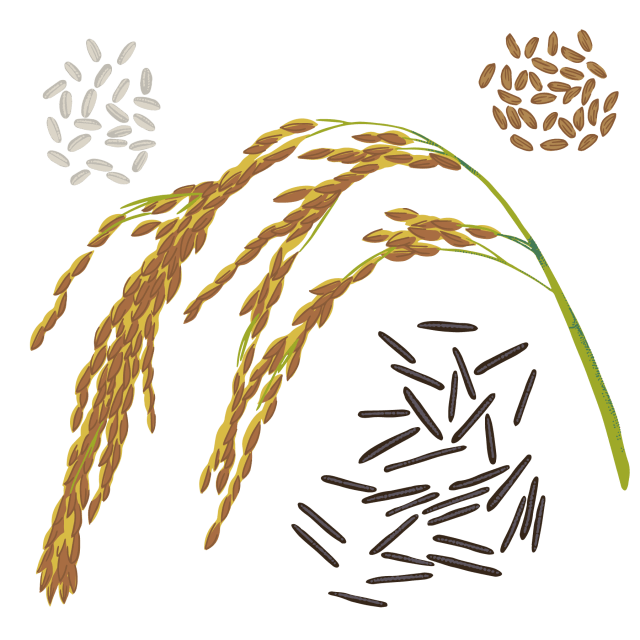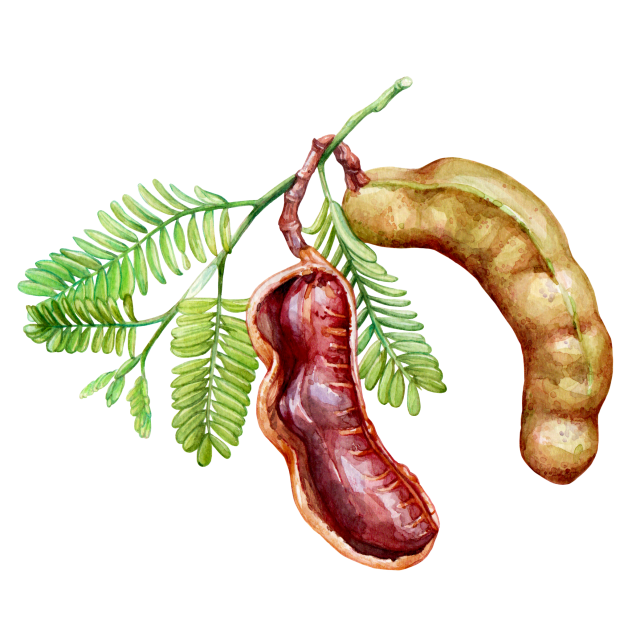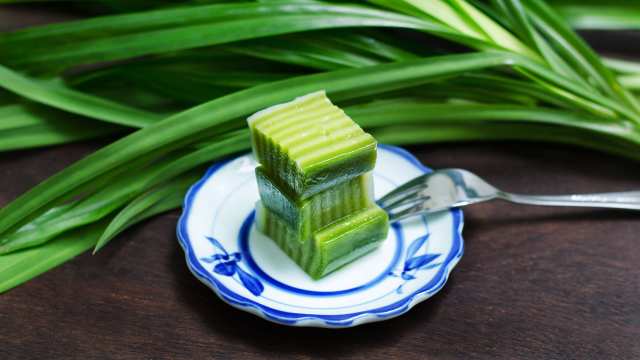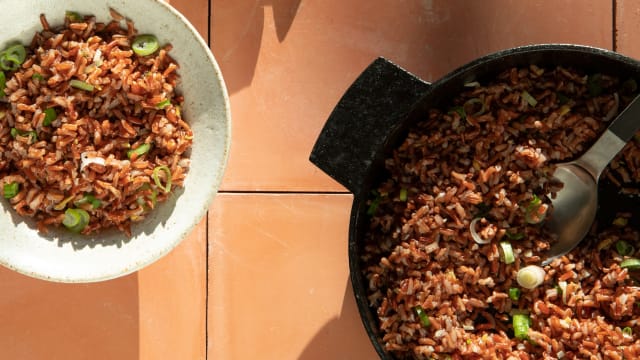
Ghee Rice in Pandan Leaves

Ghee Rice in Pandan Leaves
Description
Mangalore-style ghee rice, or "nei da nuppu," rivals biryani with rich layers of flavor. Steamed in pandan leaves, this dish uses energy-dense brown rice packed with niacin and fiber that may help lower cholesterol. Pandan leaves infuse heart-healthy polyphenols, Brahmi is a known brain tonic, and fresh herbs provide anti-inflammatory and immune-boosting benefits.
NOTE
For this recipe, you need a steamer or a large Dutch oven with a steamer stand/plate.
Ingredients
4 to 6 SERVES
For the Garnish
- 1½ Tbsp (15 ml) ghee
- 1/8 cup (20 g) raisins
- 1/4 cup (50 g) cashews, halved
- 1 medium (80 g) onion, sliced thin
For the Ghee Rice
- 1 Tbsp (10 ml) ghee
- 1 bay leaf
- 1 (50 g) small onion, sliced thin
- 1½ cups (375 g) brown basmati rice, soaked for 30 min to 1 hour
- 3 cups (750 ml) hot water
- 1 lime or lemon
- Salt
For the Chutney
- 2 tsp (10 ml) coconut oil
- 1½ tsp urad dal (white lentils)
- 10 to 12 curry leaves
- 4 green chiles
- 1/2 cup (100 g) fresh coconut, grated
- A grape-sized ball (12 g) of dehydrated tamarind
- 1 cup (50 g) loosely packed brahmi leaves
- Salt
Directions
-
Step 1
To make the garnish: Heat 1½ tablespoons of ghee in a kadhai or pan. Cook the cashews to a light golden color, remove, and drain on kitchen paper. Repeat with the raisins, and then the onions. -
Step 2
To make the ghee rice: Heat the remaining ghee in a thick bottomed pot or a Dutch oven. Add the bay leaf and allow to sizzle for 30 seconds, then add the onion and sauté until soft and translucent. Add the rice, and cook over medium-low heat for about 3 to 4 minutes. Add the water, juice from half a lime, a pinch of salt, and bring the rice to a rolling boil. Cover with a well-fitting lid and let simmer for 5 minutes. Turn off the heat and let the rice sit, covered and undisturbed for 15 minutes. Uncover and gently fluff up the grains using a fork. -
Step 3
To make the chutney: Heat coconut oil in a tadka pan or a small frying pan. Add the urad dal, curry leaves, and green chiles, stirring until the dal is golden brown, about 1 minute. Remove from heat and let cool for about 10 minutes. Add this tempering to a blender, grinder or food processor along with grated coconut, tamarind, and brahmi leaves. Grind using as little water as possible to make a smooth, thick chutney. -
Step 4
Prep your steamer: Place the steamer rack in your steamer or pot and fill the steamer with water up to 3 inches high. (If using an idli steamer, use only the second idli plate.) Cover and bring the water to a boil. -
Step 5
Place each moode in a mug or tumbler so the cylinder is upright. Spoon 2 tablespoons of rice into each moode. Using a small spoon, lightly press down on the rice, sprinkle with a bit of the fried onion, cashew, and raisin garnish and top up with 1 teaspoon of chutney. Repeat with another layer or rice and continue layering until the moode are ¾th full. -
Step 6
Arrange the stuffed moode upright in the steamer, leaning against each other for support. Cover and steam for 15 minutes before removing from heat. Let the moode sit in the steamer for 5 minutes. Serve the moode hot, still wrapped up. Tips on customizing this recipe: This recipe is easily adaptable. Feel free to use any non-sticky long-grain rice of your choice. Brahmi leaves can be replaced with basil or any aromatic herb; each adds its unique aroma and flavor to the recipe. If the pandan leaves moode baskets (traditional leaf wrappers) aren't readily available where you live, substitute with banana leaves; simply layer the banana leaves into the glass tumbler for the aromas to infuse.
About the author
More by Shriya Shetty

Cucumber Cake in Turmeric Leaves
Baked in fresh turmeric leaves, tekkari da adde or cucumber cake is a popular summer treat in Mangalore, India

Jackfruit Cake in Teak Leaves
Packed with the benefits of ripe jackfruit, these steamed cakes are a healthy Mangalorean snack.

Leaf Wrap Cooking
Cooking in leaves locks in flavors and nutrition better and adds a tantalizing aroma.


